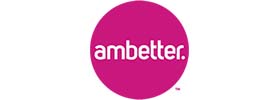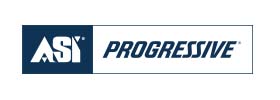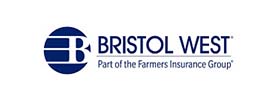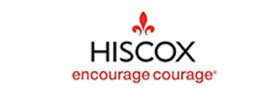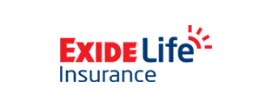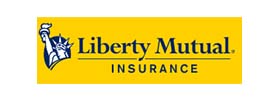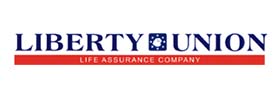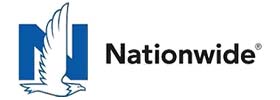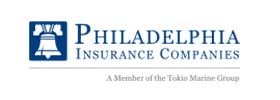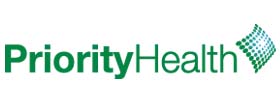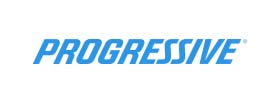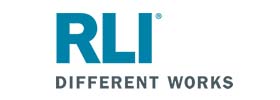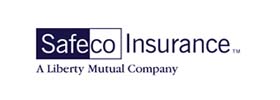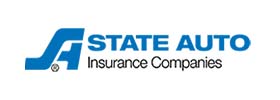
How technology is transforming the construction industry
In today’s construction industry market, there’s little doubt that technology holds transformative power.
Not only have new technological advancements led to greater efficiency in day-to-day operations, but they’ve also created new opportunities for companies to gain a competitive edge and focus on strategic growth.
There are several ways technology is making positive impacts on key priorities within the construction industry, including workforce, safety and risk management, and operational efficiency.
Finding solutions for construction industry labor challenges
Labor shortages in the construction industry remain significant and widespread. A new survey by the Associated General Contractors of America (AGC) found that 80 percent of construction companies report having a tough time filling hourly craft positions, representing the bulk of the construction workforce. On top of that, 56 percent also are finding it difficult to fill salaried positions. According to AGC, preparing, attracting, and re-skilling the future workforce are necessary steps in reducing that figure – and technology can help bridge the gap.
How can technology help with labor shortages? First, investing in cutting-edge approaches can help recruit and retain more young adults from tech-savvy generations into construction careers. Second, technology can streamline labor needs. By adopting tech methods to reduce on-site work time, such as using virtual construction tools like Building Information Modeling (BIM) and automating inventories and the ordering process, a contractor can better manage productivity levels and its workforce.
Addressing construction industry safety and risk
According to the latest Construction Technology Report by JBKnowledge, almost 50 percent of today’s contractors now have dedicated IT departments, and more construction companies are using technology solutions to internally manage workflows like estimating, project scheduling, and project management as well as to improve safety. Here are some of the ways technology is helping with efficiency and safety:
- Wearables.
With wearable technology’s popularity and growth in consumer markets, the construction industry is now considering how to use different features to improve worksite safety. Some potential applications for wearable technology include monitoring an employee’s movements or vitals and providing real-time alerts if work conditions become dangerous. Smart helmets, for example, turn traditional hardhats into on-the-ground safety systems that can detect a worker’s level of fatigue or a worksite’s carbon monoxide level or temperature.
Smart helmets turn traditional hardhats into on-the-ground safety systems that can detect a worker’s level of fatigue or a worksite’s carbon monoxide level or temperature.
As another example, gear like augmented-reality glasses can provide workers with real-time guidance and detect errors before an accident, which, along with the proper training, could help improve productivity and safety.
Plusses like these will likely fuel more experimentation with wearables and research on their effectiveness at improving safety. Nearly two-thirds of insurers, for example, expect wearable technologies to have a significant impact in coming years, according to a survey of more than 200 insurance executives.
- Mobile devices.
The importance of mobile capabilities has soared, the JBKnowledge report shows, with 83 percent of firms surveyed saying mobile is “important” or “very important” to their operations vs. just 59 percent who thought so in 2012.
The daily use of laptops in the construction field also has increased, from 64 percent in 2015 to 78 percent in 2017. And the use of smartphones, tablets, and other portable devices is quickly streamlining much of the construction process, from creating and approving blueprints to post-construction monitoring.
In terms of safety benefits, the adoption of mobile technologies enables real-time communication with all members of a construction team as well as faster incident reporting and injury documentation, all of which can help reduce the risk of injuries and the cost of worker’s compensation claims.









